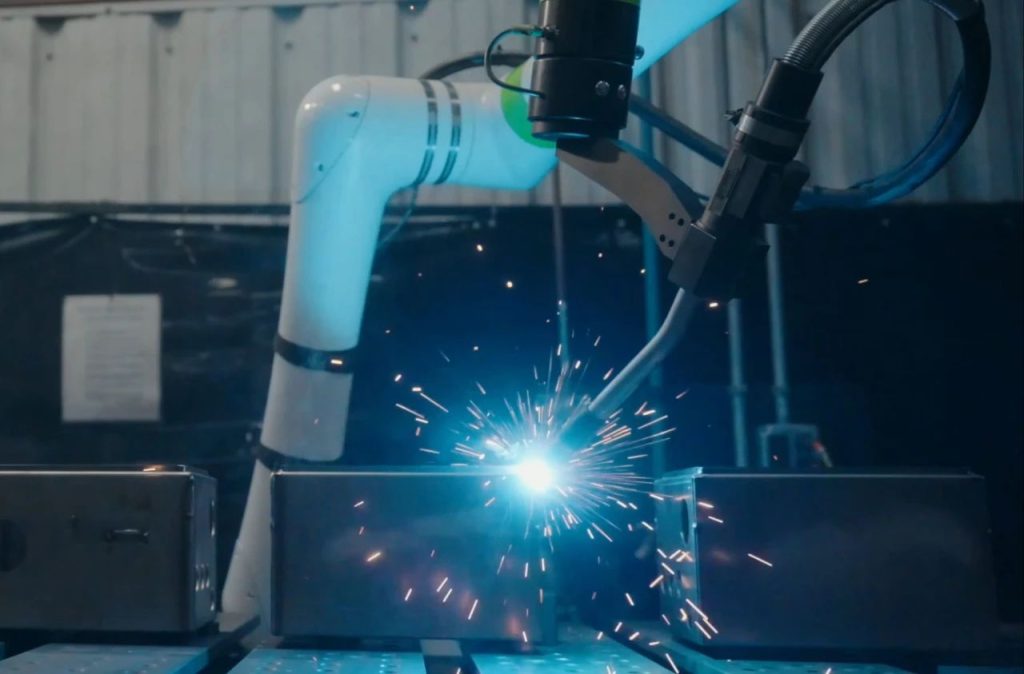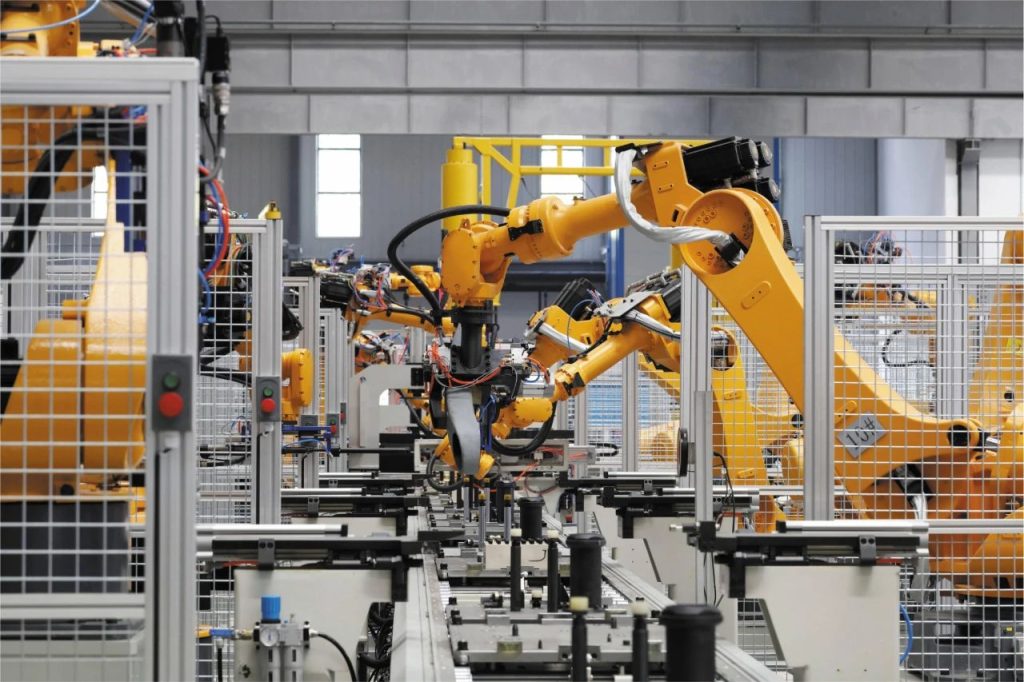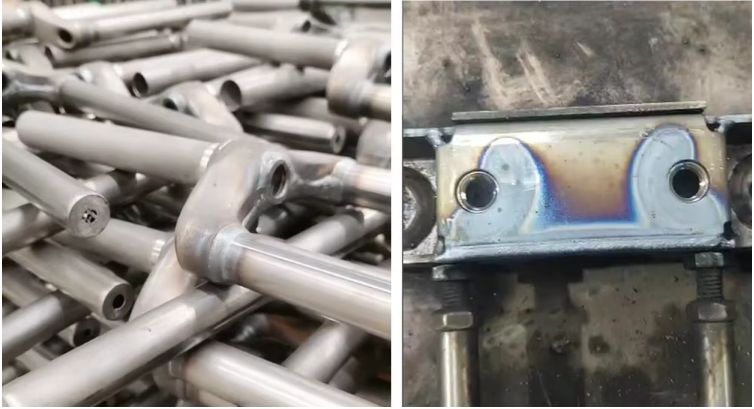1. Basic overview of robotic arm
First, let’s understand the basic structure and working principle of it. They are usually composed of robotic arms (arms), palms (endeffectors), controllers, sensors, etc. They work together to complete tasks that humans cannot complete. Among them, the robotic arms is the skeleton of the robot, which can complete remote handling, repetitive actions and other tasks; the palm is the head and hand of the robot, which can complete movements such as grasping, clamping, and rotation; the controller is the brain of the robot, responsible for controlling the robot’s various actions; the sensor is the robot’s sensory organ, which allows the robot to perceive the surrounding environment information and respond accordingly. These components form a relatively complete robotic arm system.
2. Application of robotic arm in different environments
1. Assembly
Robotic arm play a huge role in industrial assembly and can complete tasks such as parts assembly, robot assembly, and material classification. The actuators of the robotic arm can rotate, swing, and telescope in a variety of motion modes, and can complete a series of complex operations, such as tightening screws, nails, screws, etc., and can complete tasks in various links such as assembly, processing, and transportation of complex products.

2. Material handling
They are also very common in the field of logistics. In warehouses, production workshops and other places, robotic arms can complete tasks such as handling items of different shapes, sizes and weights, such as handling heavy goods and fragile items. At the same time, robotic arms do not need to rest and can work in multiple periods, and their efficiency is higher than that of manual handling.

3. Welding and cutting
It has also been widely used in the field of welding and cutting. They can accurately sense the position and direction of welding and cutting through touch sensors, and can work at different angles and positions to achieve automated welding and cutting. At the same time, due to the fast spot welding speed of robotic arms, a certain spacing between welding points can be guaranteed, and a lot of human resources can be saved.

4. Manufacturing
Many factories and enterprises have also vigorously promoted the application of it in industrial manufacturing. For example, in automobile manufacturing, high-quality production can be achieved with lower costs and higher efficiency by using robotic arms to assist operations on the production line. In addition, in mold manufacturing, they can also assist in completing high-quality manufacturing processes, improve production efficiency, and increase the production capacity of production lines.

3. Advantages of robotic arms in industrial manufacturing
The application of them in industrial production can bring multiple advantages. First, it can complete the same work, the processing quality is more stable than manual work, and the robotic arms will not have fatigue and human errors. Secondly, they can operate 24 hours a day, and there is no need to limit the rest time of workers, so the production efficiency will be higher. The most important thing is that the robotic arms can reduce labor costs, improve work efficiency, and save manufacturing costs.
4. Challenges faced by robotic arm in industrial manufacturing
It also face some challenges in industrial manufacturing, such as the complexity of the operation of them, the lack of applicability, the long control cycle, and so on. In addition, they may be prone to failures and safety problems in special scenarios, such as infrared sensing equipment is not competent for scenarios that require telescopes. Before applying the robotic arm, its application scenario and operability need to be carefully evaluated, and corresponding safety specifications and operating procedures should be formulated.
5. Conclusion
In general, the application range of it in industrial manufacturing is very wide. It can improve work efficiency, accuracy and safety, while also reducing costs. Although they face some challenges, they will become an indispensable and important part of industrial manufacturing as technology continues to update and optimize.



